Birds are remarkable creatures with numerous adaptations that help them thrive in their environments. Among their many fascinating features, one often overlooked adaptation is their transparent eyelids, sometimes called the “third eyelid” or nictitating membrane. Unlike mammals, whose blinking temporarily interrupts vision, birds possess a translucent shield that protects their eyes while allowing continuous sight—a crucial advantage for creatures that rely heavily on visual acuity for survival. These natural “goggles” serve multiple functions, from protecting birds during flight to enabling underwater vision in diving species. This evolutionary marvel highlights nature’s ingenuity in developing specialized solutions to environmental challenges.
The Third Eyelid: An Evolutionary Marvel
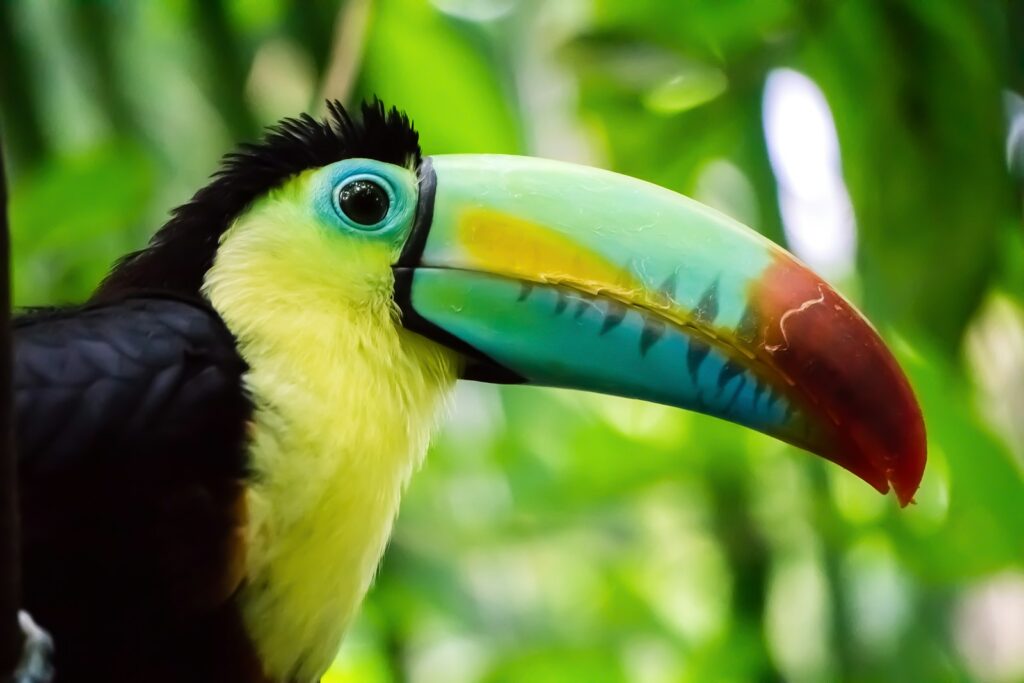
The nictitating membrane in birds represents one of nature’s most elegant evolutionary adaptations. Unlike the upper and lower eyelids that move vertically, this third eyelid sweeps horizontally across the eye from the inner corner to the outer edge. This membrane evolved as a protective mechanism that allows birds to maintain visual contact with their surroundings even while their eyes are technically “covered.” The transparency of this membrane varies between species, ranging from nearly crystal clear in some birds to slightly cloudy in others, depending on their specific environmental needs. This adaptation dates back millions of years, with evidence suggesting that dinosaurs, the ancestors of modern birds, likely possessed similar protective eye coverings.
Anatomy of the Avian Nictitating Membrane
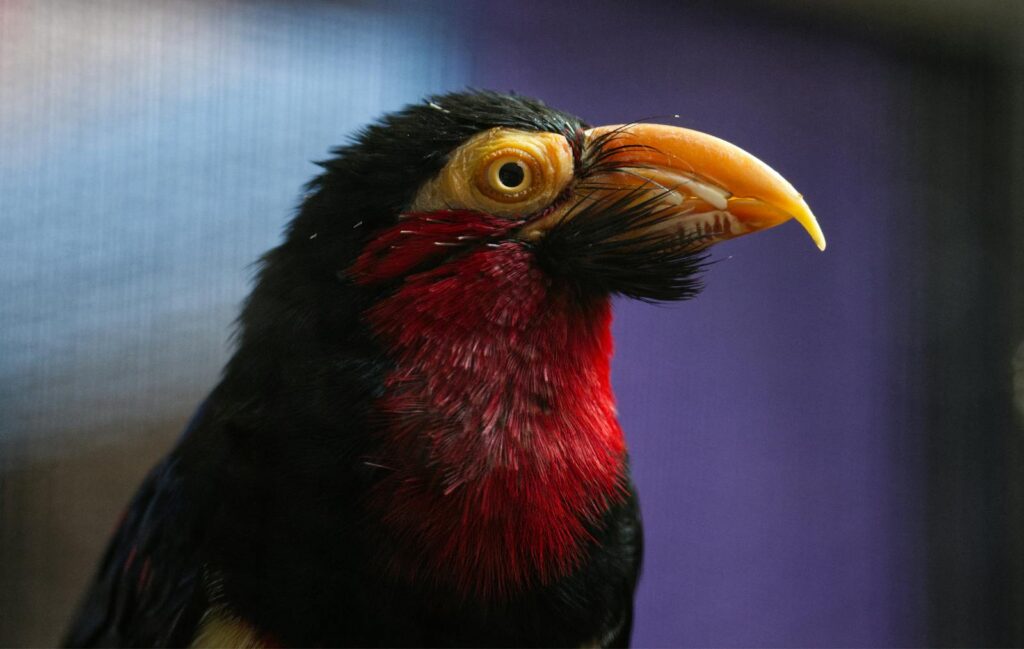
The bird’s nictitating membrane consists of a thin, translucent or semi-transparent tissue connected to specialized muscles that control its movement. The membrane itself contains numerous tiny blood vessels that keep it nourished and healthy, while specialized glands produce lubricating secretions to ensure smooth movement across the eye surface. Two dedicated muscles—the pyramidalis and the quadratus—work in tandem to pull the membrane across the eye through an indirect pulley-like system. Unlike mammalian eyelids, which are primarily composed of skin, the avian nictitating membrane contains specialized cells that maintain its transparency while providing structural integrity. This complex anatomical arrangement allows for precise control of the membrane’s deployment, ensuring birds can protect their eyes exactly when needed.
Protection During Flight
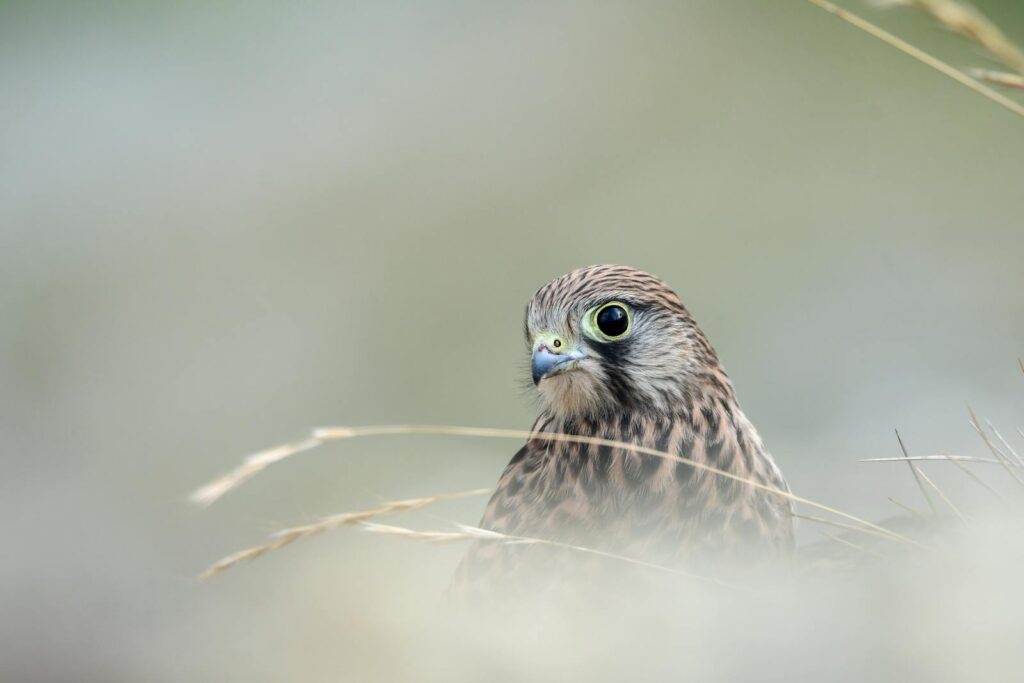
For birds, flight presents numerous hazards to their delicate eyes, including wind, dust, debris, and even the drying effects of constant air movement. The transparent third eyelid serves as a protective shield that can be deployed while maintaining full visual acuity—critical for navigating complex environments at high speeds. When birds fly through dense foliage, the nictitating membrane prevents branches and leaves from scratching their corneas while still allowing them to see obstacles. Birds of prey like falcons and eagles, which can reach diving speeds exceeding 200 mph, rely heavily on their third eyelids to protect their eyes from the extreme air pressure and potential debris while maintaining the visual precision needed to track their targets. This adaptation essentially functions as nature’s answer to high-speed goggles, allowing birds to excel in aerial environments that would otherwise damage unprotected eyes.
Underwater Vision Enhancement
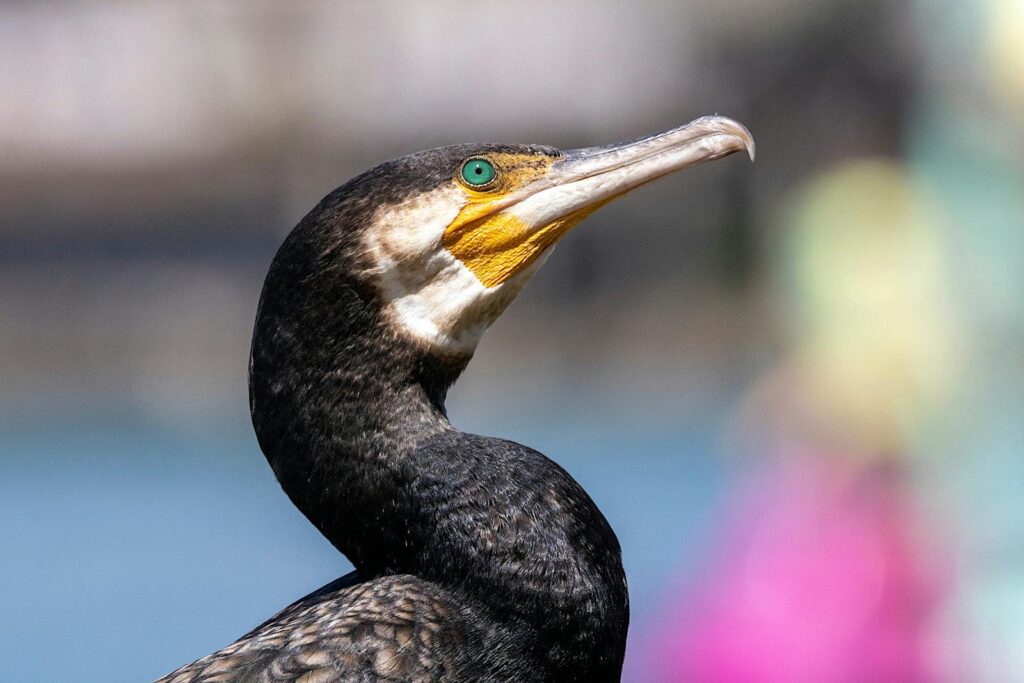
Aquatic birds like cormorants, ducks, and penguins have evolved specialized nictitating membranes that serve as underwater goggles. These membranes help correct for the refraction of light underwater, effectively improving visual clarity in an environment where normal vision would be blurred. In diving species, the third eyelid often contains higher densities of specialized lipids that increase its refractive properties, functioning similarly to the corrective lenses of swimming goggles. Some species, such as the common kingfisher, deploy their nictitating membranes just before hitting the water’s surface during hunting dives, allowing them to maintain visual contact with their prey throughout the entire hunting sequence. This adaptation provides aquatic birds with a critical advantage, enabling precision hunting underwater while protecting their eyes from waterborne irritants and potential infections.
Eye Cleaning and Maintenance

The nictitating membrane serves as nature’s windshield wiper for birds, keeping their eyes clean and clear of dust, pollen, and other debris. As the membrane sweeps across the eye, it distributes tears and removes foreign particles that could otherwise impair vision or cause infection. Many species of birds have specialized glands that secrete lubricating fluids onto the nictitating membrane, ensuring it can glide smoothly across the cornea without irritating it. In environments like deserts or coastal areas where sand and salt particles are prevalent, birds may deploy their third eyelids more frequently to maintain optimal eye health. This self-cleaning mechanism is particularly important for birds, as they cannot generally rub their eyes with their limbs as mammals do when irritants are present.
Differences Across Bird Species
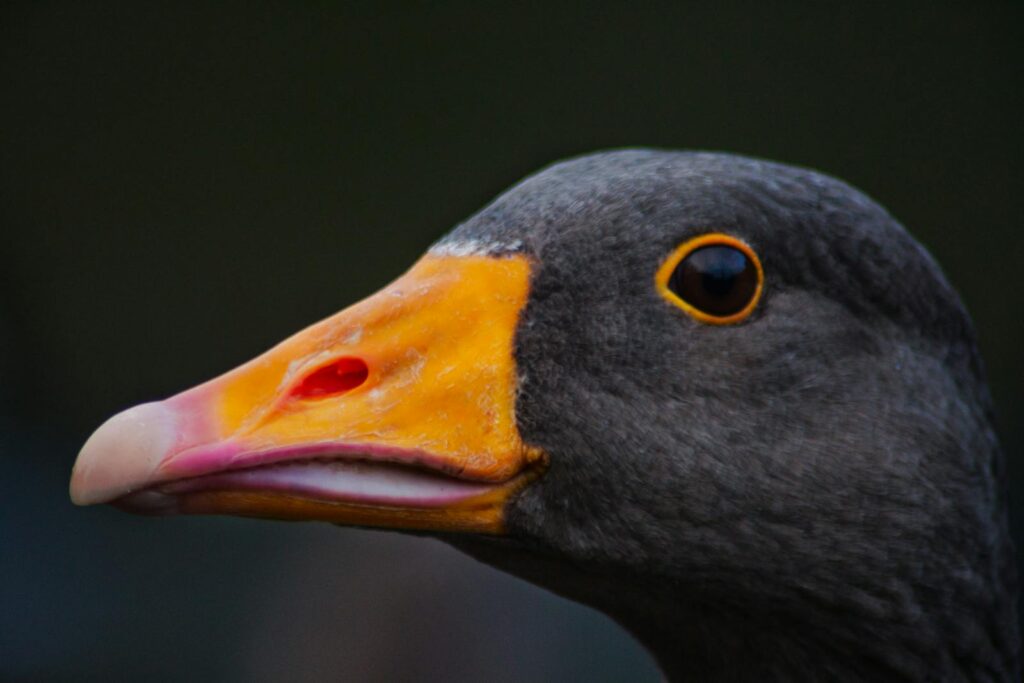
While all birds possess nictitating membranes, the exact properties of these structures vary significantly across different species, reflecting their diverse ecological niches. Raptors like hawks and eagles have exceptionally clear membranes that maintain visual acuity during high-speed dives, crucial for spotting and tracking prey. Waterfowl such as ducks and geese have more robust membranes that provide additional protection against waterborne irritants and pathogens in potentially contaminated water bodies. Woodpeckers possess particularly thick nictitating membranes that help protect their eyes from wood chips and the extreme forces generated during their characteristic pecking behavior. Desert-dwelling birds often have nictitating membranes with specialized secretory glands that help keep their eyes moist in extremely dry conditions, serving as a defense against dehydration and sand damage.
Comparison with Mammalian Eyelids
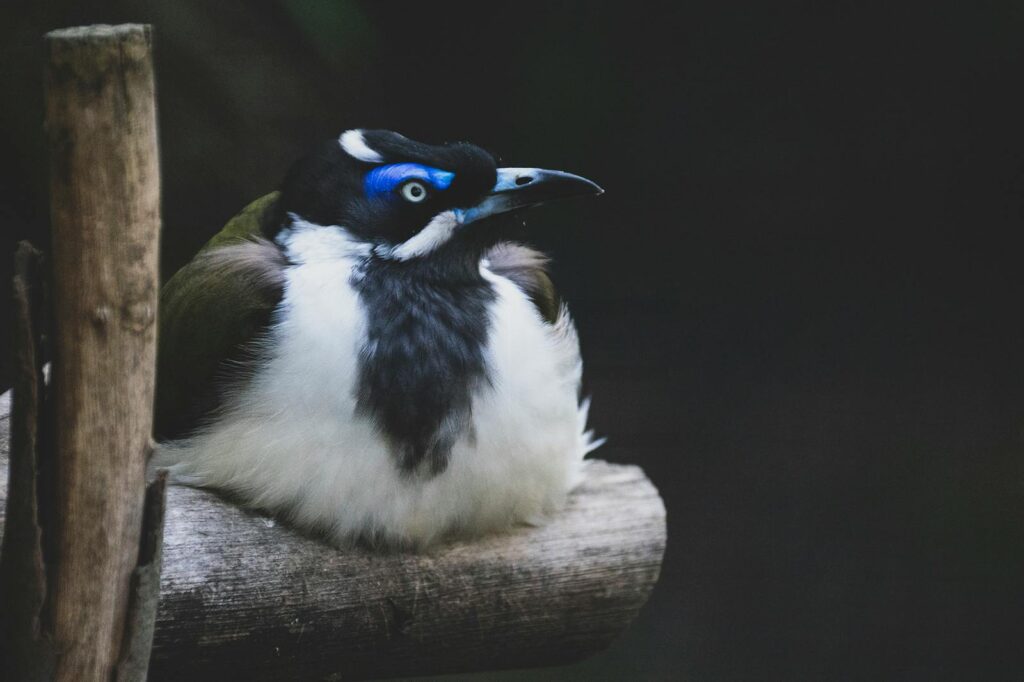
The avian nictitating membrane represents a fundamentally different approach to eye protection compared to the mammalian system. Most mammals, including humans, primarily rely on upper and lower eyelids that completely block vision when closed, creating a momentary blindness during each blink. While some mammals retain vestigial third eyelids (including cats, dogs, and camels), these are generally much less developed and functional than those found in birds. The mammalian blinking pattern typically interrupts vision dozens of times per minute, whereas birds can maintain continuous visual input even while protecting their eyes. This difference reflects the heightened importance of uninterrupted vision for flying creatures that must constantly process visual information to navigate three-dimensional space safely. The evolutionary divergence in eye protection mechanisms highlights how different environmental pressures have shaped the development of these protective structures.
Role in Predatory Behaviors
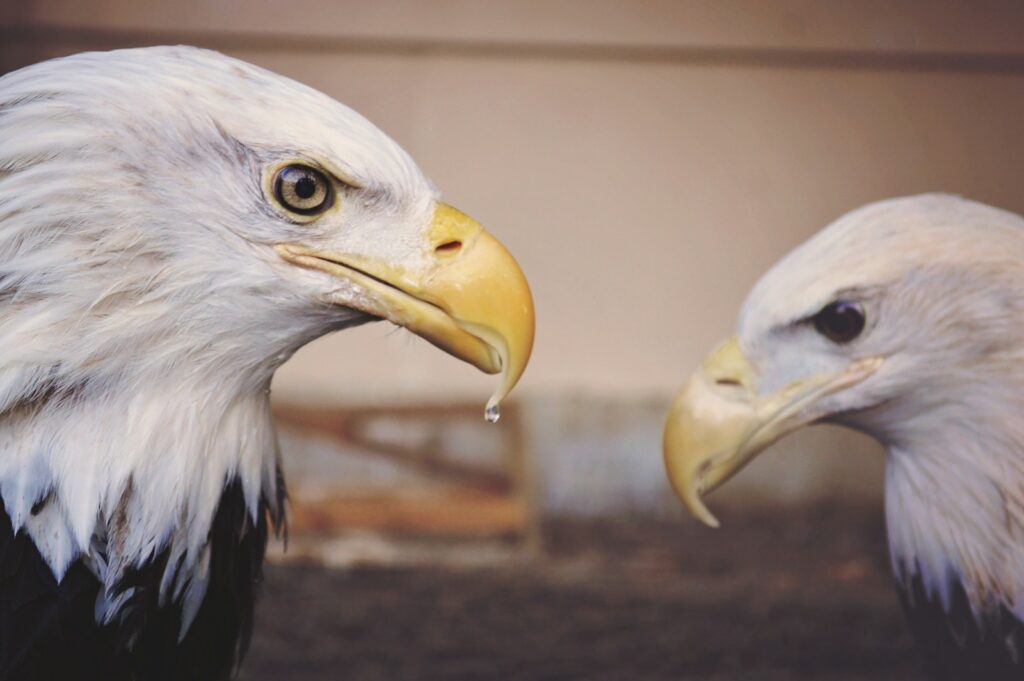
For predatory birds, the transparent third eyelid provides a crucial advantage during hunting activities. Falcons, which can reach diving speeds over 200 mph when pursuing prey, keep their nictitating membranes deployed during these high-velocity dives to protect their eyes while maintaining visual contact with their targets. Osprey and other fishing birds use their membranes when plunging into water, allowing them to spot fish beneath the surface while shielding their eyes from the impact. Owls, which hunt in low-light conditions, benefit from specialized nictitating membranes that protect their exceptionally large eyes without compromising their night vision capabilities. The transparency of the membrane ensures that even in the split second before striking prey, these birds never experience the momentary blindness that would come with traditional blinking, giving them a significant advantage in the precision and success of their hunting techniques.
Adaptation for Extreme Environments
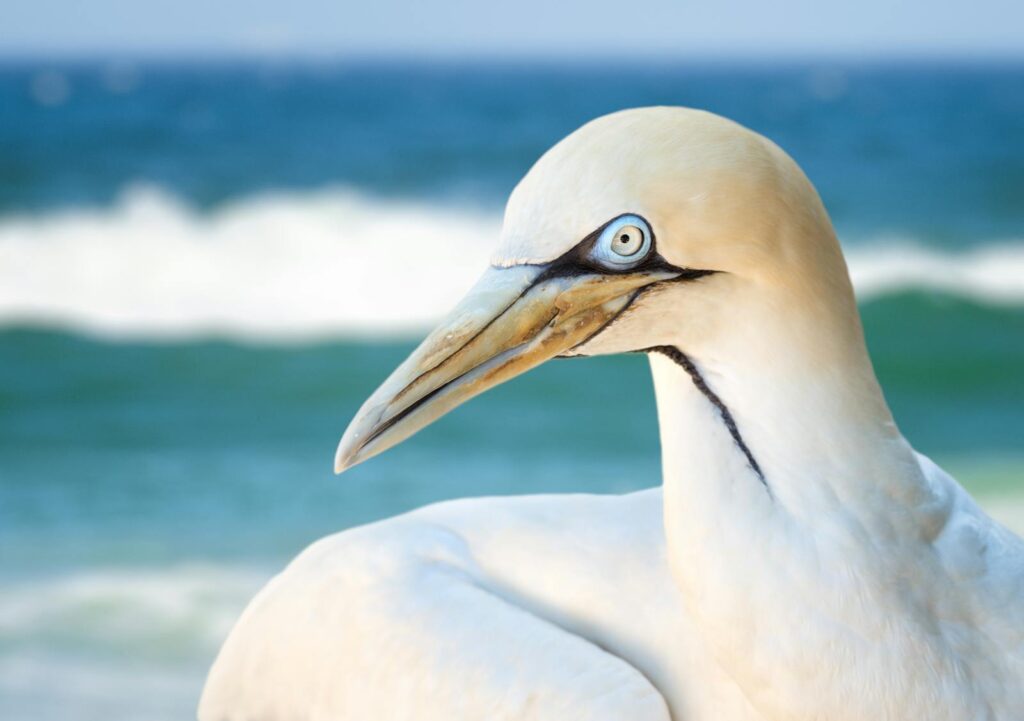
Birds inhabiting extreme environments have evolved specialized variations of the nictitating membrane to address specific environmental challenges. Desert-dwelling species like roadrunners have membranes with enhanced moisture-retention properties that help prevent eye dehydration in arid conditions. Arctic birds possess nictitating membranes with increased blood vessel density that help maintain eye temperature in freezing environments, preventing cold-related damage to delicate eye tissues. Seabirds that spend extensive time over open ocean have developed membranes with heightened UV-filtering capabilities, protecting their eyes from the intense sunlight reflected off water surfaces. High-altitude species like Himalayan vultures, which soar at elevations where UV radiation is significantly stronger, have nictitating membranes containing specialized pigments that function similarly to nature’s sunglasses, filtering harmful radiation while maintaining visual clarity.
Diseases and Disorders Affecting the Third Eyelid
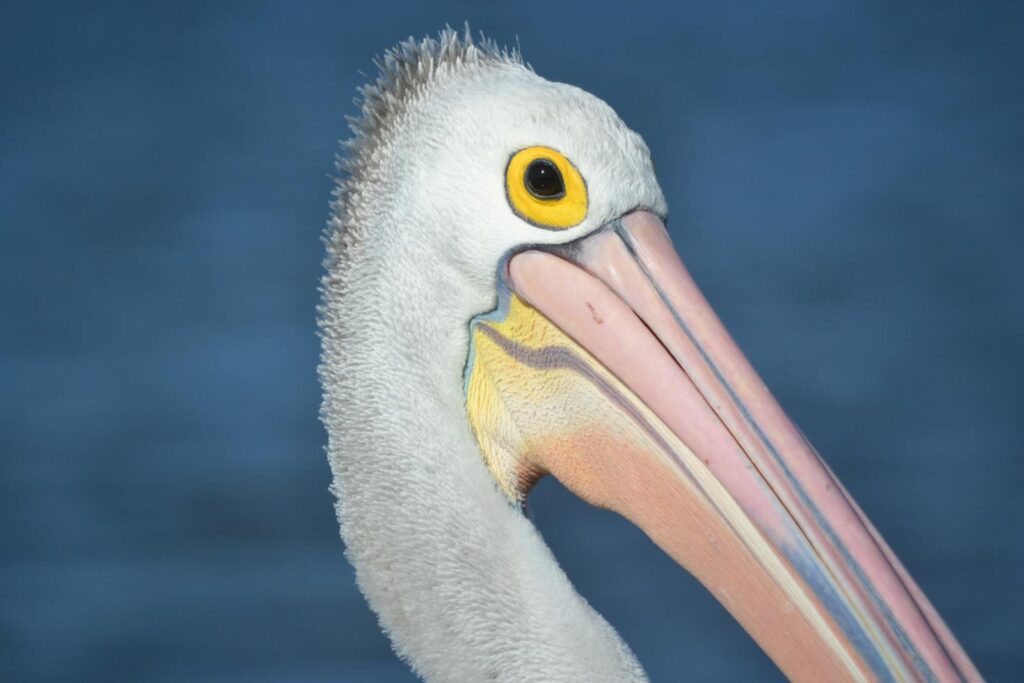
Despite its remarkable design, the avian nictitating membrane can be subject to various health issues that compromise its function. Conjunctivitis, an inflammation of the membrane and surrounding tissues, can cause redness, swelling, and reduced transparency, significantly impairing a bird’s vision and survival prospects. Vitamin A deficiency, common in captive birds with poor diets, can lead to thickening and keratinization of the nictitating membrane, reducing its transparency and mobility. Parasitic infections, including those caused by eyeworms, can specifically target the membrane, causing irritation and potential permanent damage to this delicate structure. In captive environments, improper humidity levels can cause drying or excessive moisture retention in the membrane, leading to chronic irritation and increased susceptibility to bacterial and fungal infections that can permanently cloud this important protective structure.
Observing the Nictitating Membrane in Action
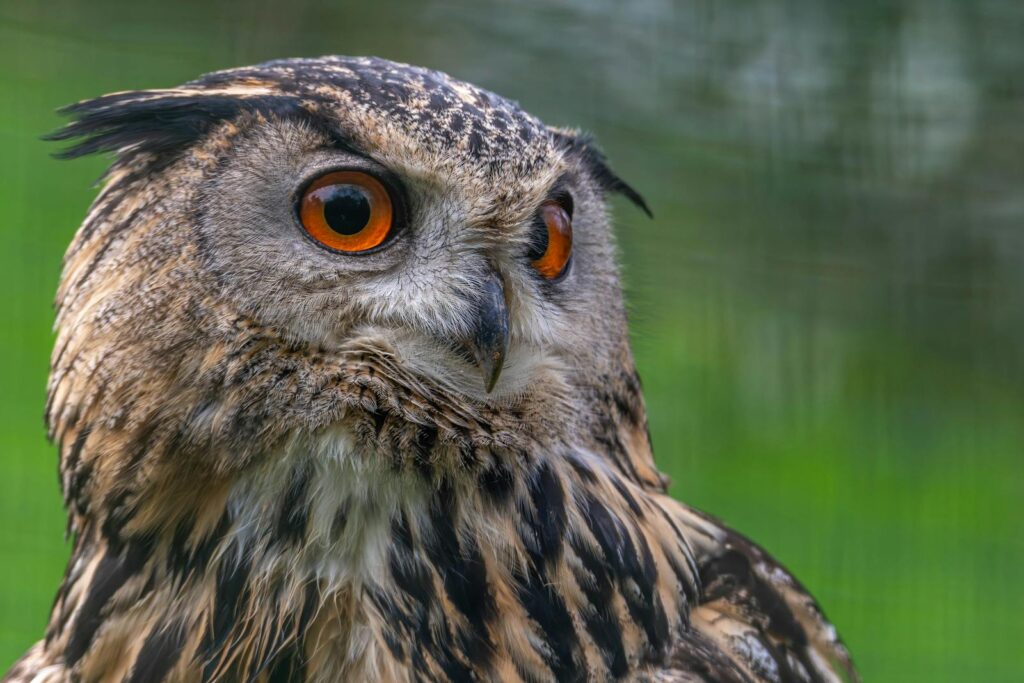
For bird watchers and nature enthusiasts, catching a glimpse of the nictitating membrane in action provides a fascinating window into avian physiology. The membrane’s movement is often visible when birds are relaxed or grooming, appearing as a quick sideways wipe across the eye that’s distinctly different from the more obvious blinking of the outer eyelids. Slow-motion photography has revealed that many birds flash their third eyelids repeatedly during preening sessions, keeping their eyes protected while they manipulate their feathers with their beaks. Sleeping birds often have their nictitating membranes partially deployed, protecting them while allowing them to detect motion and potential threats even during rest. Some species, particularly owls, may deploy their membranes more frequently when disturbed or stressed, giving observers a clear view of this remarkable adaptation during wildlife rehabilitation or educational demonstrations.
Evolutionary Significance and Shared Ancestry
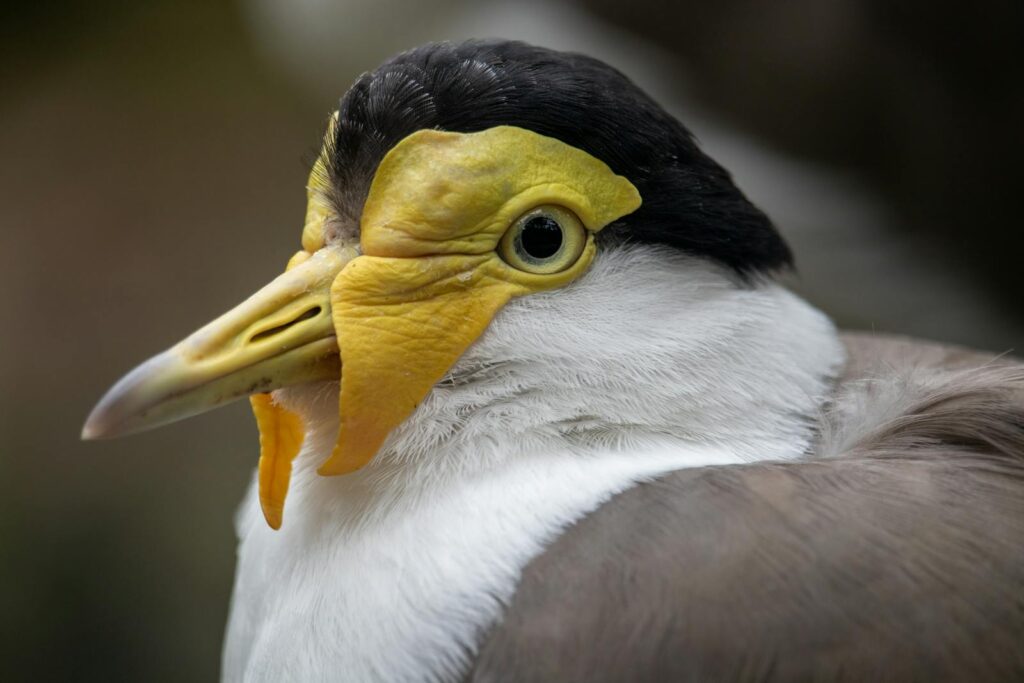
The presence of the nictitating membrane across avian species provides compelling evidence of birds’ shared evolutionary history and their connection to reptilian ancestors. Reptiles, including crocodiles and many lizards, possess similar transparent eyelids, suggesting this adaptation predates the divergence of these evolutionary lines millions of years ago. Fossil evidence indicates that many dinosaurs, including those in the theropod lineage that gave rise to modern birds, likely possessed nictitating membranes as adaptations to protect their eyes while maintaining visual acuity. This shared trait represents an example of evolutionary conservation, where a beneficial adaptation remains relatively unchanged across diverse species and vast time periods due to its continued adaptive value. The varying degrees of development seen in the nictitating membranes of different modern species demonstrate how natural selection has refined this ancient adaptation to suit specific ecological niches while maintaining its core protective function.
Future Research and Biomimicry Applications
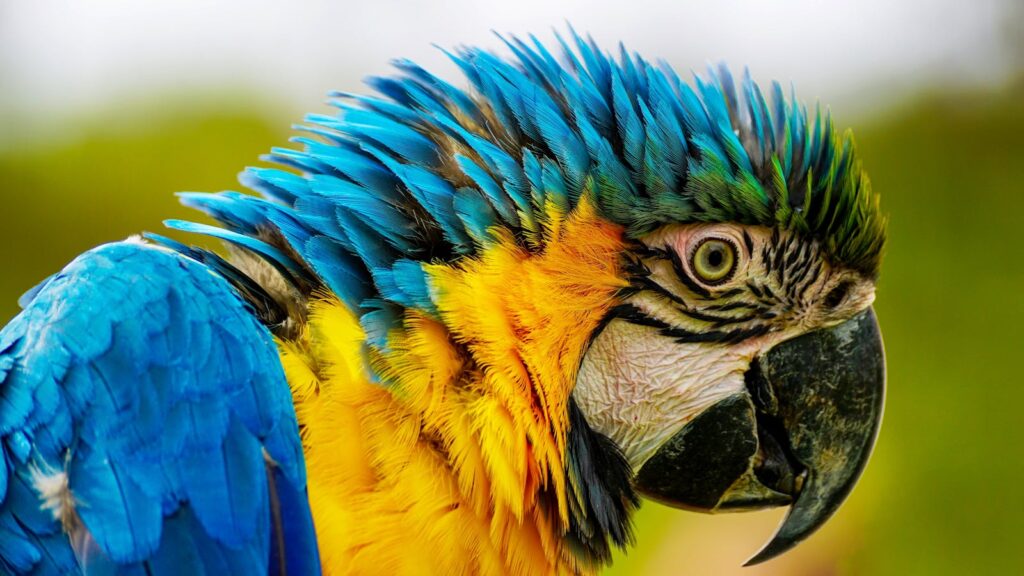
The remarkable properties of avian nictitating membranes have inspired several biomimetic research initiatives seeking to develop new protective eye technologies. Engineers studying the membrane’s combination of transparency, strength, and self-cleaning properties have proposed designs for improved contact lenses that could protect human eyes while enhancing vision in challenging environments. Military and aviation researchers have examined the membrane’s structure to develop better protective eyewear that maintains visual clarity under extreme conditions without fogging or accumulating debris. Medical researchers are investigating how the membrane’s unique healing and maintenance mechanisms might inform new treatments for human eye conditions like dry eye syndrome or corneal injuries. As our understanding of this specialized structure deepens, it may lead to innovations in fields ranging from sports eyewear to surgical techniques, demonstrating how nature’s solutions continue to inspire human technological advancement.
Conclusion
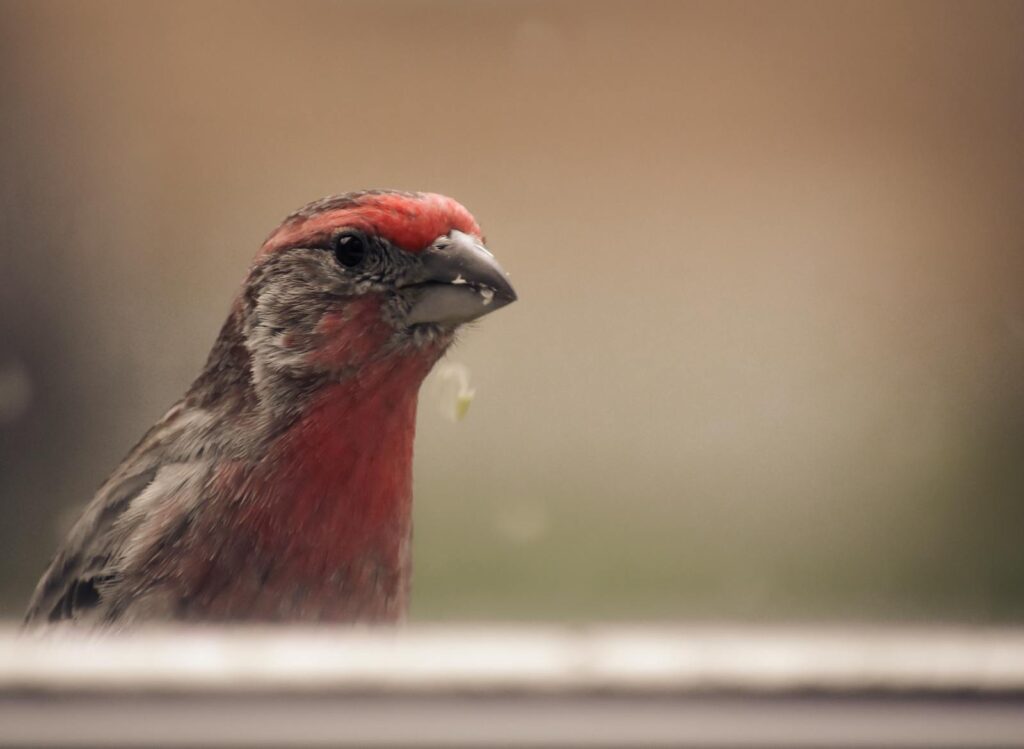
The transparent eyelids of birds represent one of nature’s most elegant solutions to the challenge of eye protection. These remarkable structures allow birds to maintain uninterrupted vision while shielding their eyes from countless potential hazards—from high-speed winds during flight to underwater hunting dives. The variations in nictitating membrane structure across different species showcase how evolution has fine-tuned this adaptation to meet the specific demands of diverse environments and behaviors. As we continue to study these natural “goggles,” we not only gain a deeper appreciation for avian biology but also find inspiration for human innovations in protective eyewear technology. Birds’ transparent eyelids remind us that some of the most sophisticated engineering solutions have been perfected not in laboratories, but through millions of years of evolutionary refinement in the natural world.
